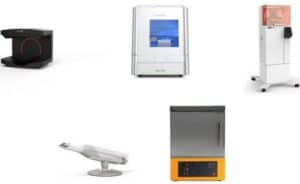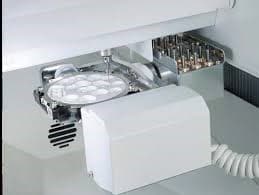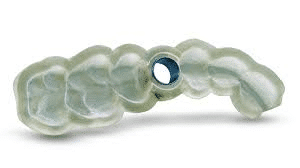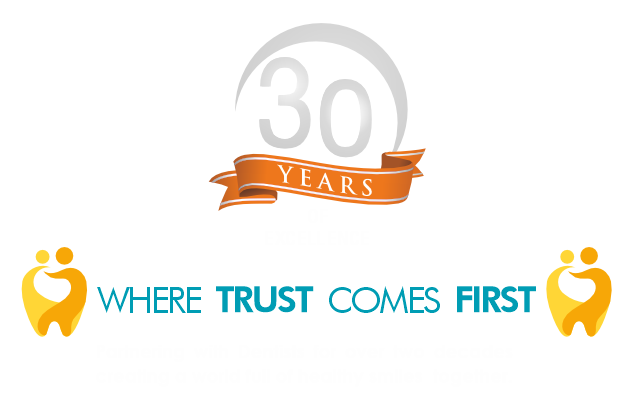CAD-CAM Technology: An Ease in Digital Dentistry
Modern dentistry necessitates a greater use of information and communication technologies. There are various benefits to assisting the dentist’s operation, but there are also users of dental services who are growing more demanding in terms of aesthetics, with a clearly expressed desire to spend as little time as possible in the dental office. In terms of practice in the dental office, the computer plays a larger role in prosthodontics as a means of interactive communication.
With the use of digital work, CAD-CAM technology makes dental lab work such as dental crowns, copings, and other dental lab work easier for clinicians and dental lab professionals.
CAD-CAM Includes:

It includes:
- dental lab scanner for lab professionals and intraoral scanner for dentists.
- dental prosthetic cad design software.
- milling machine according to the requirement of professionals.
- 3d printer.
- sintering furnace for zirconia
- CAD-CAM and Intraoral Scanner Imaging are managed by both doctors and laboratories.
- Computer-assisted Implant Dentistry entails the creation of custom abutments, screw-retained crowns, and surgical guides.
- Dental works are manufactured using either a dental milling machine or 3D printing.
- Implant placement and surgical guide production are planned for minimal blood loss implant operations
- Digital dentures and transparent aligners are the newest additions to the field of digital dentistry.
Digital Dental World
The transition to digital dentistry is inevitable. It enables dental professionals to provide their patients with accurate and precise work. Dental practitioners might use this to give same-day dentistry procedures.
The most significant point is that dental professionals may provide comfort to their patients by using intraoral scanners to take a digital impression and CAD-CAM crowns.
However, with new answers come new challenges, some of which are outlined below.
Digitalization with CAD-CAM Technology
As dentistry becomes more digital, dental professionals will need to learn an entirely new set of skills to adapt to this new technology. Even the devices used in this era are different from those used in previous eras and are considerably easier to use.
It is required to have a basic understanding of computers and dentistry to learn CAD-CAM technology. Anyone with this understanding can simply operate and run CAD-CAM equipment, allowing them to do their tasks faster and more efficiently.

For dental applications, CAD-CAM technology offers a wide choice of milling and 3D printing alternatives.
There is a burgeoning interest in open systems these days, but there are limitations in the materials that may be utilized for them. There is also a need for greater study on the clinical behaviour, biomechanical characterization, and uses of new dental materials, therefore dental professionals should brush up on their expertise of those materials.
How Digitalization in Dentistry can be Beneficial?
Dental practitioners are now more focused on moving towards the latest technologies to conduct their work easier and faster, with the new aim set on enhanced efficiency, greater patient satisfaction, and significant cost-cutting. It will assist them in providing high-quality work to their patients.
CAD-CAM has made it possible for dental operators, professionals, and patients to communicate effectively. It will be easy for them to discuss their cases and treatment plans with one another by just uploading the relevant files from their open-end portal.
As a result, a patient will feel more at ease when it comes to avoiding the unpleasant procedures that come with traditional dentistry.
If the dentist has a chairside Dental 3D printing and milling unit, immediate temporary restorations can be made while the final restoration is being produced by the dental lab.


The use of CAD-CAM technology allows complete denture construction to be completed quickly and accurately.
When compared to traditional procedures, implant placement using digital dental equipment delivered in a CAD-CAM system is far more precise and pre-evaluated.
Now, with the use of CAD-CAM, the operator may demonstrate the technical aspects of implant placement, as well as bone density and treatment options, using pre-surgical instructions available in the digital realm. The pre-surgical instruction booklet can also be created using appropriate CAD-CAM software, which gives the operator enough information to make the procedure simple and effective.

Surface caries, which are not apparent to the human eye, are more easily detected using the new versions of intraoral scanners. As a result, with the help of specific digital dental technology equipment, there is also a new direction open for preventative dentistry.
Conclusion
Dentists can use CAD-CAM technology to create high-quality inlays, Onlays, cast partial dentures, crowns, bridges, and other dental restorations. CAD-CAM can also be used to create maxillo-facial prosthetics and orthodontic clear aligners. We are sure that CAD-CAM will achieve new heights and assist humanity soon.
Unicorn Denmart has modern Intraoral Scanners, Milling Machines, & 3-D Printers to keep you updated in this digital age.















Leave a comment
You must be logged in to post a comment.